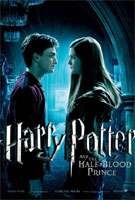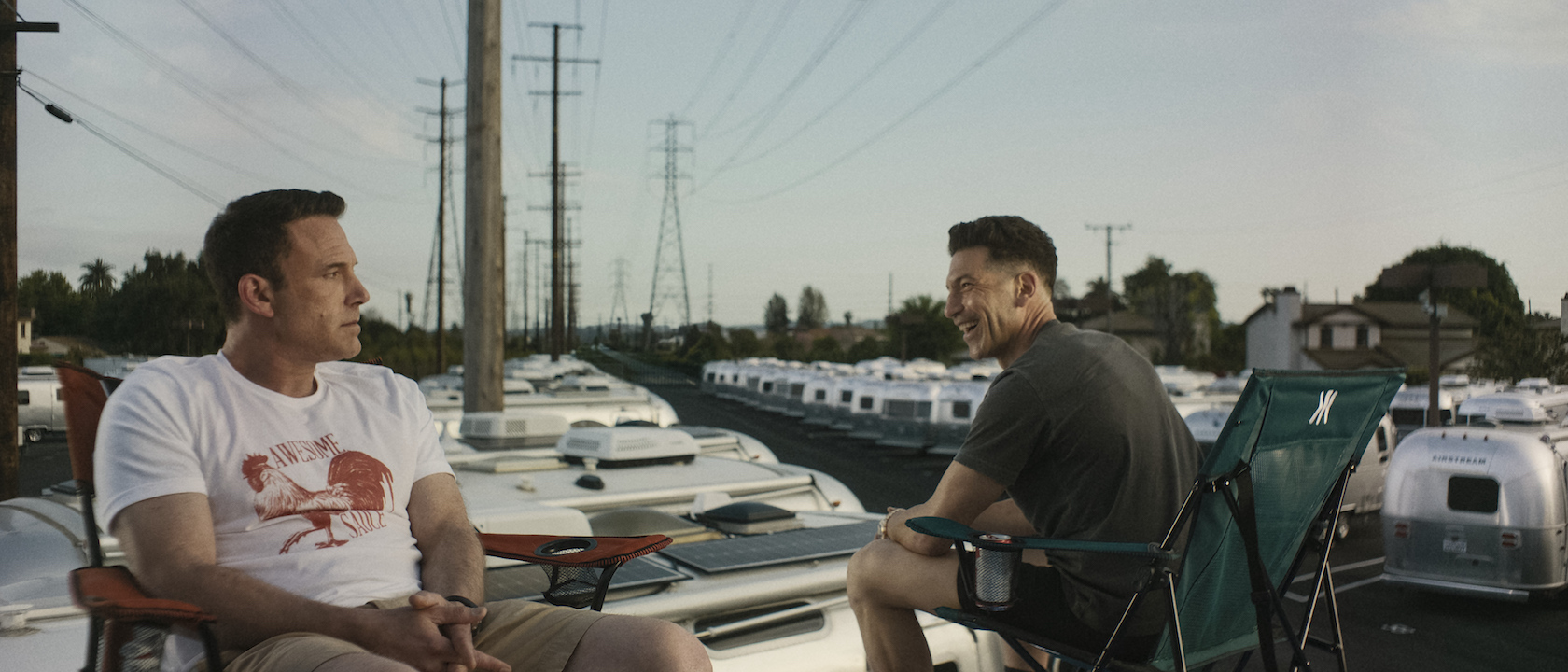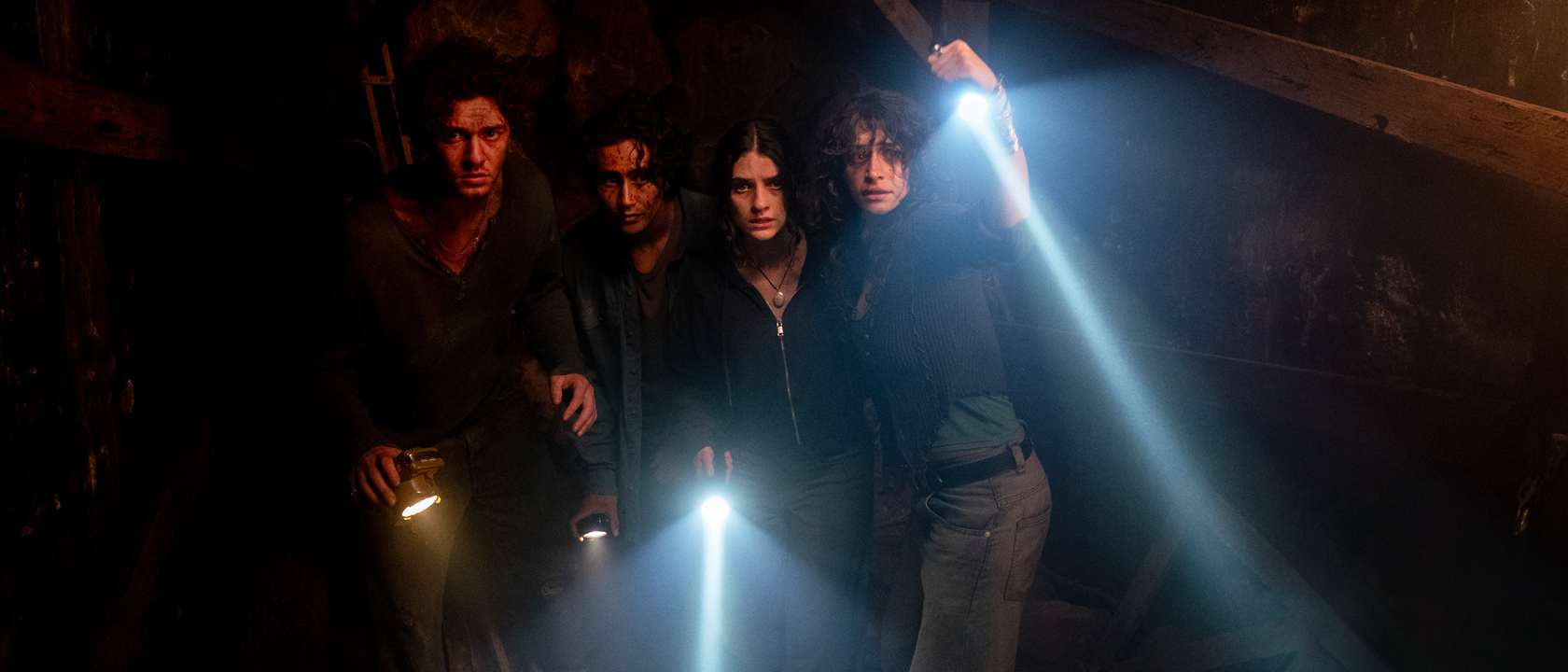I’m not a Harry Potter fan and never will be. (For a fan’s perspective read the excellent review written by Cinema Blend’s resident Potterfile Katey Rich). At some point I caved in to peer pressure and attempted to make it through the first book, but I soon tossed it aside and dismissed it as fantasy filler for kids. I’m told the later books get better and maybe they do, but I’m not going to read them.
I watch the movies because I like fantasy films and because they’re generally less terrible than the deluge of Harry Potter copycats we’ve been saddled with. Like a lot of non-Potter fans I absolutely loved the third movie, Prisoner of Azkaban was a true work of art, but the rest have mostly left me cold. They’ve all seemed rather perfunctory, as if they’re simply going through the motions, regurgitating the books in as pleasant a fashion as possible, but with no true ambitions beyond that.
Enter Harry Potter and the Half-Blood Prince, the first Potter film since Azkaban which actually seems interested in firing the imagination. That it’s directed by David Yates who also helmed one of the worst entries in the series, Harry Potter and the Order of the Phoenix, is almost impossible to believe. Yates’ previous effort felt every bit as stale as this film does alive, as paint by numbers as this is outside the lines. Maybe it’s because he’s been given more control for this second outing. Rumor has it that Yates initially tried some pretty experimental stuff with Half-Blood Prince before being forced to scale it back in post-production. Yet what remains is, except for Prisoner of Azkaban, the most creative and connected entry in this series. Here at last is a real movie: a complete film, a complete experience from start to finish.
Yet so little has changed. It’s the same cast delivering much the same performances. I’m still not convinced Daniel Radcliffe can act and I’m still absolutely convinced that his backup wizards Emma Watson and Rupert Grint definitely can. Radcliffe’s shortcomings are minimized here as most of his screen time is spent interacting with his far more interesting friends or Dumbledore (Michael Gambon) who has at the last minute, finally come alive. The changes are in how Yates approaches all of it.
Visually the film, because it must, fits with the others. Yet Yates gets creative where he can. The color palette is slightly different, there’s a glow to the entire thing as if we’re watching history unraveled in some sort of high-gloss reel. But more than that, it’s the little touches that add so much to it. There’s a scene on the Hogwarts train, in which a girl comes by and blows on the window of their car to draw a heart in the fog created by her breath. While the kids talk, Yates’ camera flips around to shoot through the window to frame the scene through the heart while at the same time Harry and Ron moan about their problems with love.
Of course it’s not all visual bliss. Yates’ ambition is also sometimes his undoing. Take Hagrid (Robbie Coltrane) who, we’ve always been told is a giant yet for some reason, never actually looks all that big. Yates tries to solve that by using tricks of perspective. There’s a scene near the end of the film where Hagrid stands next to Jim Broadbent, wonderful as the newly hired Professor Slughorn, and since he’s a giant Hagrid is supposed to tower over him. You will not be fooled when instead of standing beside Hagrid and looking up at his head it’s clear that Slughorn is actually several feet behind him and staring at thin air to his left.
There are also a few hiccups in the script. Slughorn, a major presence throughout the film, inexplicably disappears for no particular reason in the finale. Similarly, most of the Death Eaters (Voldemort’s henchmen) serve no particular purpose in the context of this story. Luckily the rest of the bad guys fare better. Alan Rickman is at his best, stealing scenes as Snape and hey, remember Malfoy (Tom Felton)? He matters again and he’s ready to make trouble.
Yet it’s the problems of growing up that really make this movie work, and Half-Blood Prince gets those absolutely right. The other Potter films have almost always been dominated by whatever ridiculous plot Voldemort has up his sleeve this week, while squeezing in some hormonal problems around that. In Half-Blood Prince the dark lord is up to something, but it’s less vague and more concrete. Hell it’s more straightforward evil. Murder is something we can understand. Gluing yourself to the back of a turban-wearing man’s head, not so much.
Because Voldemort’s overall goal is so clear, Yates’ approach to the whole thing can be less passive. The cast doesn’t stand around waiting to see what the bad guys are going to do, they take a proactive approach and try to do something to him first. Meanwhile, since there’s less thumb twiddling while waiting for the axe to fall, we’re free to become more involved in the romantic entanglements of Harry, Ron, and Hermione; growing up and becoming complex human beings instead of cute little kid ciphers. That becomes the center of this tale, not getting to whatever the next overly animated action sequence is.
Half-Blood Prince may be the least action-heavy of all the Potter pictures. Even the movie’s big finale is more about who’s been hurt than who’s throwing spells at who. Instead of action it substitutes dramatic tension which builds throughout the course of the movie. It finishes with our characters talking and looking out over the horizon, gazing into a dark future in which we know there are even harder choices to come. It’s taken them six movies to find it, but at last here is Harry Potter’s Empire Strikes Back. Stay tuned for Harry Potter and the Deathly Hallows where presumably, Ron and Hermione will totally make out while surrounded by whatever the Harry Potter universe substitutes for Ewoks.












